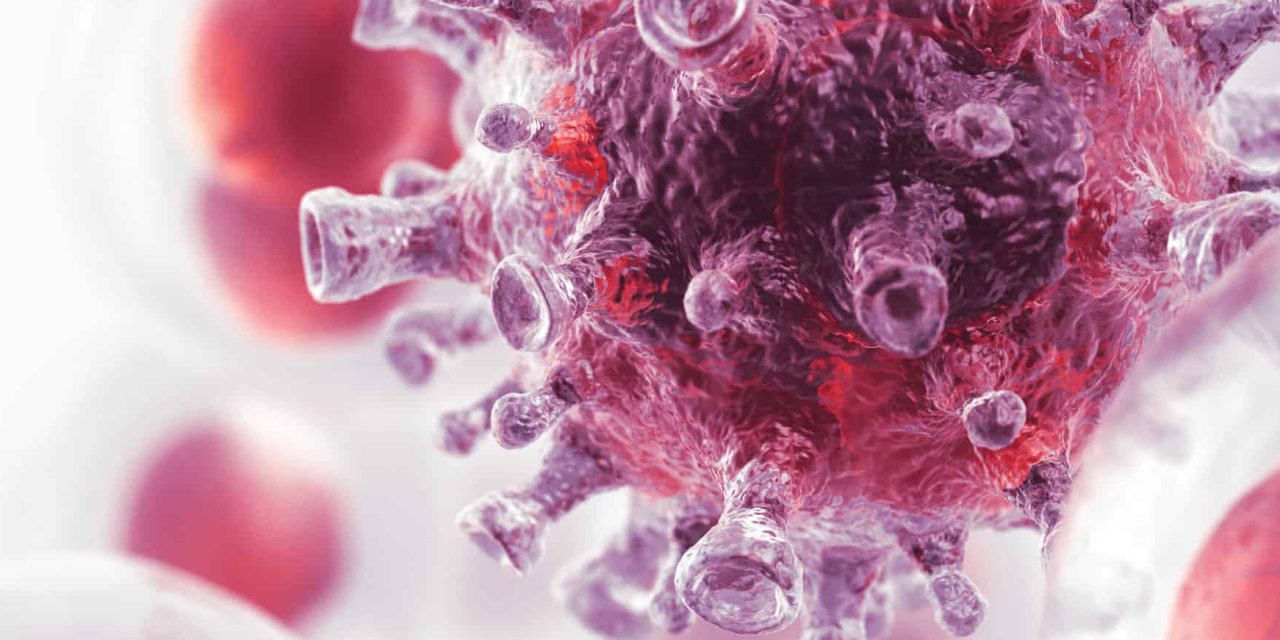This study states that Streptococcus pyogenes (bunch A Streptococcus [GAS]) causes a scope of pyogenic, toxigenic, and immunologic infections with differing levels of seriousness, from pharyngitis and impetigo to necrotizing fasciitis and streptococcal poisonous stun condition (1). Improved sterilization and expanded accessibility of antimicrobial medications have prompted a decrease in GAS frequency and destructiveness (2), however worry about intrusive GAS (iGAS) has expanded in ongoing many years (3).
Every year, ≈500,000 passings happen worldwide from GAS; 160,000 of these are from obtrusive contaminations, of which 97% happen in asset restricted nations (4). The absolute most noteworthy paces of iGAS happen in Indigenous populaces inside industrialized nations (5), in all likelihood as a result of wellbeing inconsistencies between overall communities and underestimated people groups, notwithstanding an ineffectively perceived host–microbe relationship. In the United States, American Indians and Alaska Natives (AI/AN) experience the ill effects of high paces of iGAS, yet epidemiologic and clinical information on GAS among these Indigenous populaces is more inadequate than it is in other industrialized countries (6). We feature harshness between the significant impact of iGAS on AI/AN and comprehension of elements that impact iGAS illness in these weak US populaces and in other Indigenous people.
Reference link- https://wwwnc.cdc.gov/eid/article/26/9/18-1169_article


